
Amid Global Climate Warnings, COP29 in Baku Seeks Urgent Climate Action and Financing
Against the backdrop of rising global temperatures, surging greenhouse gas emissions, and increasingly severe climate disasters, the 29th Conference of Parties (COP29) to the UN Framework Convention on Climate Change (UNFCCC) is underway in Baku, Azerbaijan. Beginning on November 11 and running until November 22, the conference has drawn over 51,000 participants, including heads of state, government officials, scientists, activists, and youth delegates from around the world.
Climate Finance and the Loss and Damage Fund: Key Focus
At the forefront of discussions this year is the pressing issue of climate finance. For years, climate finance has been a recurring theme in global negotiations, but tangible outcomes have proven elusive. Last year’s COP28 saw momentum under the term “Loss and Damage Fund,” a mechanism to assist nations bearing the brunt of climate-induced losses. This year, a new financial framework, the New Collective Quantified Goal (NCQG), aims to make climate financing more science-driven and focused on the priorities of developing and least-developed countries (LDCs).
NCQG builds on the developed countries’ longstanding commitment to provide $100 billion annually to poorer nations, a promise initially slated for 2020 but only reportedly fulfilled in 2022. With criticisms about the delay, lack of transparency, and a perceived lack of urgency, the NCQG is poised to enforce a renewed, quantifiable target from 2025, marking a crucial evolution in climate finance commitments.
Nepal’s Call for Climate Justice and Financial Support
Nepal’s President, Ramchandra Paudel, leading the country’s delegation to COP29, highlighted Nepal’s vulnerability to climate change and urged the world’s wealthier nations to deliver on their financial commitments. In his address, he called for immediate operationalization of the Loss and Damage Fund, emphasizing that mountainous nations like Nepal must receive adequate compensation for climate-related losses. He further stressed that financial aid for climate adaptation and mitigation should be delivered as grants rather than loans.
“As the snow-covered white mountains turn into black rocks, the world needs to recognize that the effects are not limited to the mountainous nations but also extend to the coastal ones,” President Paudel remarked, underscoring the interconnected nature of global climate impacts. His appeal calls attention to Nepal’s unique position as a “water tower” for Asia, with climate change in the Himalayas threatening both local and downstream ecosystems.
In addition to voicing Nepal’s climate challenges, President Paudel urged developed countries to reallocate funds from arms spending towards climate adaptation and mitigation efforts. He also highlighted Nepal’s green energy initiatives and growing forest cover, positioning Nepal as an example of proactive climate stewardship.
Conflicting Agendas and Fossil Fuel Politics
The ongoing climate talks reveal a significant divide between developed countries and emerging economies regarding fossil fuel phase-out. Developed nations have called for an outright phase-out of coal, while rising economies argue for a phased reduction, reflecting their need for affordable energy to fuel economic growth. This “phase-out versus phase-down” debate underscores the complex geopolitics of fossil fuels, as oil and coal remain central to the economic power and global influence of many nations.
Despite some progress towards green energy, oil politics remains a powerful barrier. While climate change disproportionately affects poor and least-developed countries, the international community has yet to achieve a consensus that would facilitate a meaningful transition to sustainable energy. For LDCs, COP29 presents a vital opportunity to negotiate for accessible and transparent climate finance from historically high-emitting nations.
Global Attendance and the Question of Commitment
Notably, COP29, like previous UN climate events, has been skipped by some of the world’s largest polluters. The United States, China, India, and Indonesia, which collectively account for over 42 percent of the global population, have not sent their heads of state. The absence of top leaders from major polluting nations has cast doubt over the level of commitment to addressing climate challenges.
However, climate change remains a recurring priority in other global forums, including the UN General Assembly and the recent Summit of the Future. The Summit’s outcome document, the “Pact for the Future,” acknowledges climate change as one of the most critical challenges, particularly for developing and vulnerable nations.
Trump’s Potential Impact on Climate Policy
Amid these negotiations, the recent resurgence of Donald Trump in U.S. politics has raised concerns among environmental advocates. Known for his “America First” approach and skepticism towards climate policies, Trump’s return to power could signal a shift in U.S. engagement with the Paris Agreement. Analysts warn that a second Trump administration could decelerate green transitions in the U.S., shift green technology dominance to other nations, and focus on short-term profits over long-term climate goals.
A Critical Juncture for Climate Action
As COP29 progresses, global stakeholders are watching closely to see if meaningful steps can be taken towards dismantling the oil and fossil fuel economy in favor of green energy initiatives. For LDCs and vulnerable nations, success at COP29 would mean concrete agreements that enable swift access to climate finance and reinforce a unified commitment to capping global warming at 1.5 degrees Celsius—a target critical to preventing catastrophic climate impacts.
In the face of rising global temperatures, record-breaking emissions, and increasingly severe natural disasters, the urgency of COP29’s agenda is undeniable. The outcome of these discussions may define not only the trajectory of global climate policy but also the viability of sustainable futures for the world’s most climate-vulnerable regions.

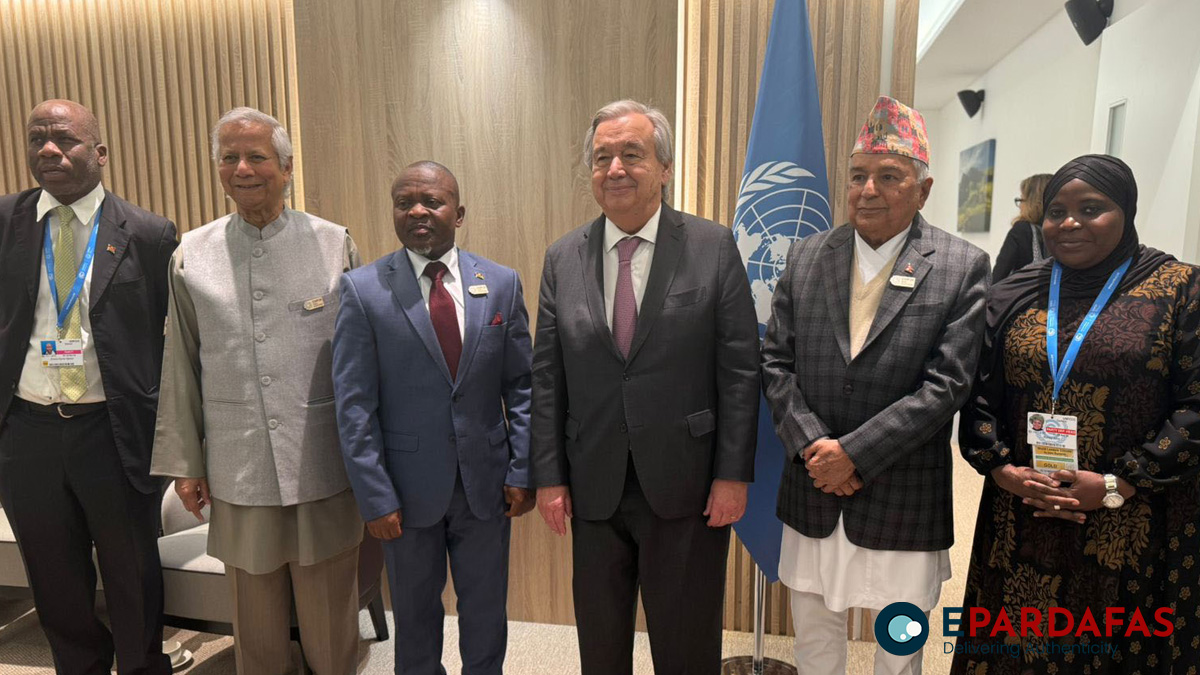
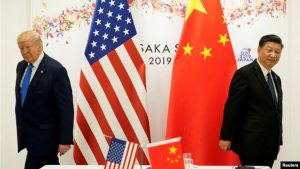

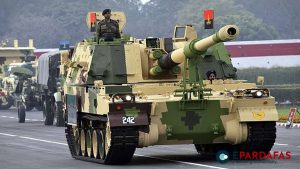
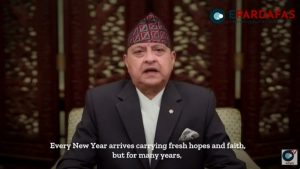
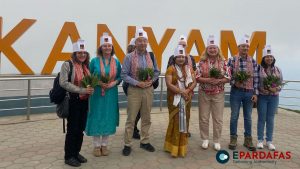
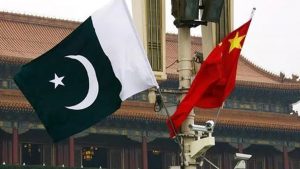


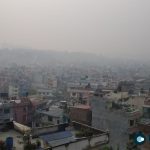

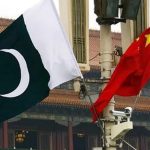
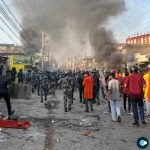
Comments